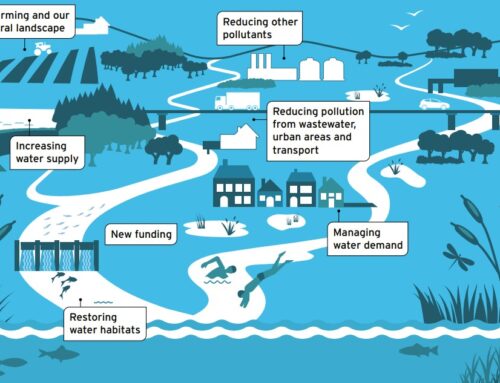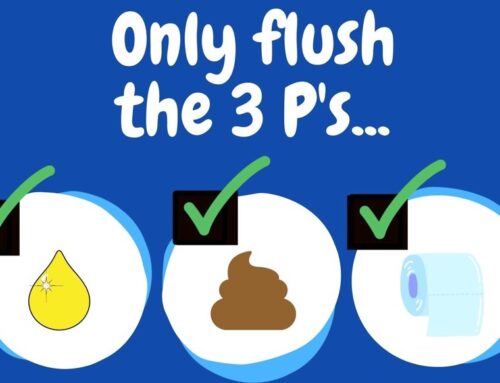A guide to emptying Your Septic Tank/Sewage Treatment Plant
Regular maintenance and emptying of your septic tank/sewage treatment plant are crucial to ensure its efficient functioning and prevent costly and unsanitary issues. In this guide, we’ll take you through the process of emptying your septic tank/sewage treatment plant and discuss how often this maintenance task should be performed.
Why Empty Your Septic Tank/Sewage Treatment Plant?
Over time, solid waste accumulates in the septic tank/sewage treatment plant. If left unattended, these solids can build up and eventually clog the system. This can lead to sewage backups, foul smells, and potential damage to your drainage field and/or internal components. Simply put, this could lead to a failure of your system which could cause a pollution hazard. Regularly emptying your septic tank/sewage treatment plant helps maintain its efficiency and prevents costly repairs.
How often do I need to empty my septic tank/sewage treatment plant?
To avoid any problems with a septic tank/sewage treatment plant, it is very important that the tank is emptied on a regular basis.
The Environment Agency states that to comply with your septic tank or sewage treatment plant permit, you must have your septic tank or treatment plant emptied at least once a year (unless specified as more frequently by your manufacturer). View guidance here.
The cost for emptying greatly varies between companies, and areas, so it’s best to contact several companies to compare prices. Just make sure that they are a registered waste carrier.
Finding a registered waste carrier
Emptying a septic tank is not a DIY task. It requires the expertise and equipment of trained professionals. The company that gets rid of your waste sludge must be a registered waste carrier. You can check to see whether the company you are using is registered by visiting the DEFRA website here.
Once you have found a registered waste carrier, and have booked for them to empty your tank/system, they will use specialised equipment to pump out the accumulated sludge and scum from the tank. After they have successfully pumped the tank/system, they will clean it to remove any remaining residue. Different systems are required to be emptied in different ways (as specified in your manufacturers manual), so ensure that your tanker driver is knowledgeable in the tank system that you have.
Keep records of the work carried out
To comply with your septic tank and sewage treatment plant permit, the Environment Agency states that you must keep records of work done to empty, maintain or repair your septic tank or sewage treatment plant, such as invoices, bills or receipts. This documentation can be used to keep a track of maintenance history. This can also be useful when selling your house in future.
Conclusion
Regular maintenance of your septic tank/sewage treatment plant, including timely pumping, is essential to keep your system functioning efficiently and to prevent potential hazards and costly repairs. Failure to do this can result in warranties and guarantees becoming invalid. It’s important that emptying is carried out by experienced professionals who can ensure the job is done safely and effectively.



